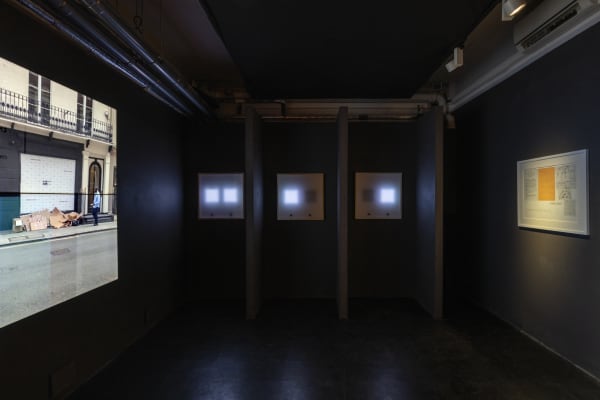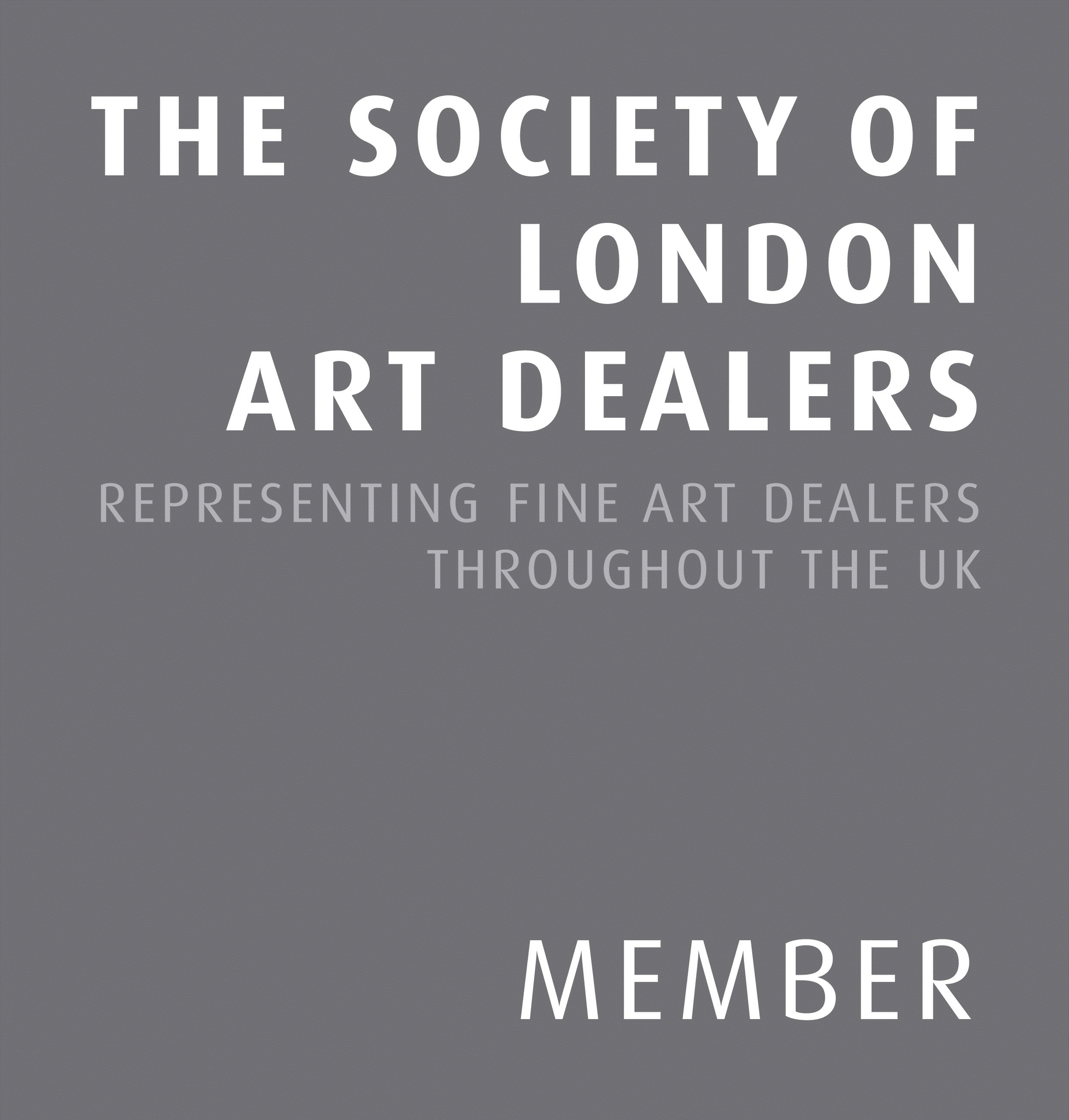Ernest Edmonds: Networked: Quantum Tango in the International Year of Quantum Science and Technology
Past exhibition
Overview
Coinciding with SIGGRAPH in Vancouver (10–14 August) and the International Year of Quantum Science and Technology, this special summer exhibition by pioneering computer artist Ernest Edmonds explores the power of live networked presence through two generative installations. The show is curated in collaboration with Francesca Franco.
News
-

Ernest Edmonds' Quantum Tango in London and Baku
November 3, 2025Gazelli Art House’s two galleries, in London and Baku, interact with one another, as well as with Phoenix Leicester, through an artwork using quantum logic...Read more -

Arshake | Ernest Edmonds: Networked
September 10, 2025Arshake reviews Ernest Edmonds' Networked, currently on view at Gazelli Art House, specifically highlighting Quantum Tango (2025) as one of his most ambitious works to...Read more -

Artnet | Quantum Physics & Art
September 2, 2025Min Chen from Artnet explores how a growing number of contemporary artists, such as Libby Heaney and Ernest Edmonds, are incorporating concepts, such as entanglement,...Read more -

Studio International | Networked
August 8, 2025In celebration of Ernest Edmonds newly opened show, Networked, at Gazelli Art House, Studio International interviewed the artist to highlight his digital art practice over...Read more -

Private View | Ernest Edmonds: Networked
July 31, 2025Join us at Gazelli Art House London on Thursday 31 July, 6–8 PM, for the private view of Ernest Edmonds: Networked — a new exhibition...Read more


